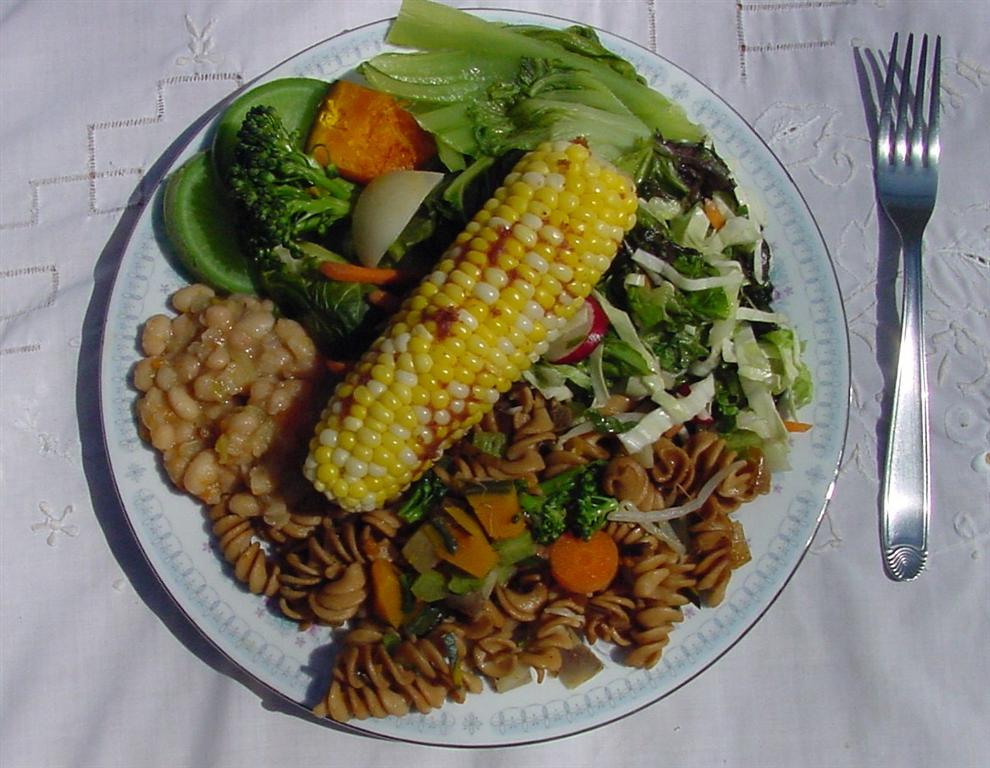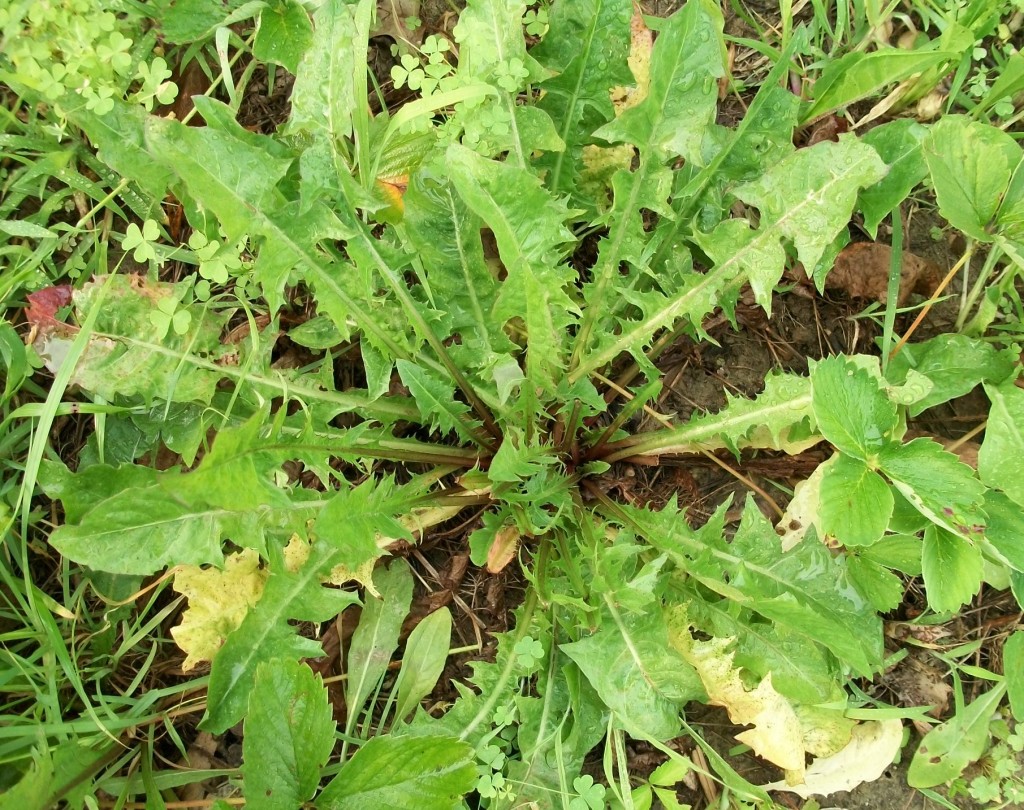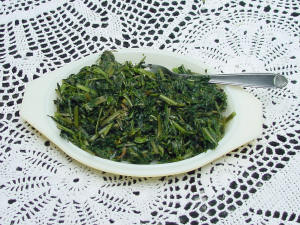In oriental medicine, fire is the predominant element of the summer months.
HEART AND SMALL INTESTINE
At this time of year these organs are the most active.
COLORS: Red, Pink, Purple
ORGANS: Heart, Small Intestine
SYSTEM: Circulatory S
MELL: Burnt
FLAVOR: Bitter
GRAIN: Yellow corn
BEANS: Red lentil
VEGETABLES: Bitter greens, Kale, Mustard Greens, Chicory, Escarole, Tomatoes and Scallions.
FRUIT: Strawberries, Apricots
ANIMALS: Lamb, Shrimp
MOODS:
- POSITIVE: Joyfulness, Happy, Tranquil, Commanding to action
- NEGATIVE: Anxiety, Excitable, Excessive laughter, Emotional
BODY FLUIDS: Sweat SENSE: Speech
THE HEART
The Heart is the ruling organ of the body.
Heart energy is an "even" energy.
A harmonious lifestyle is a reflection of a healthy heart.
It is important to watch your rhythms: not having too much fluctuation between extremes helps keep your Heart healthy.
Skin complexion, the tongue, the corners of the eyes and the manner of a person's speech are all indicators of the heart's condition.
The tip of the nose shows the condition of the Heart muscle as a whole. – for example, a red spot or pimple on the tip of the nose may be an indication of a developing heart condition.
An overly contractive or "yang" condition is a sign of an overactive Heart.
An overly expansive or "yin" condition is a sign of an under-active Heart.
A combination of excessive, extremely expansive food (sweets, refined sugar) and extremely contractive food (baked breads, animal food) may lead to an irregular heart beat.
An enlarged heart ( yin condition) is often the sign of a big intake of alcohol and sugar. This condition tends to give respiratory problems, and/ or anemia, leukemia, osteoporosis.
A contracted ( yang condition) results in arteriosclerosis and high blood pressure, resulting in heart attack or stroke.
Heart problems can also be detected by certain physical and social characteristics.
Examples of Heart Disorders:
High blood pressure, Heart or Chest pain, Angina Pectoris, Heart palpitation, Nervous anxiety, Night sweats, Insomnia, Numbness of the arm joints, Convulsions, Hysteria, Coma.
A more compacted Heart (marble Heart), covered by a sheet of fat, is caused by an excessive intake of fat in the diet: Meat, Cheese, Eggs, etc. People with this disorder need to reduce fat, and stimulate the Liver to break down the fat.
The Effects of Food on the Heart:
Coffee has a negative effect on the heart in the long run.... this is not free energy; the person pays for the extra push. Coffee actually weakens the body. Green Tea can be used as a transition to stop consuming coffee.
Ice cream = fat = cholesterol + cold temperature = tends to harden the arteries
CORN is one of the best grains to eat in the summer because it nourishes the Heart and the Small Intestine. Red millet and quinoa are also especially good to eat at this time of the year. Noodles in broth are also a good and heart-healthy dish in the summer months.
Other Heart Healthy foods include: bitter tasting vegetables such as Watercress, Mustard, Dandelions, Turnips & Burdock; round vegetables such as Winter squash, Radishes, Onions, Rutabaga & Turnips.
Condiments like Gomasio and lightly roasted sesame seeds restore elasticity to the heart and arteries. Tekka is also a good condiment to use for an enlarged Heart.
Black currants are supportive of the Heart and Orange peel is also good to use in fruit desserts.
Siberian Ginsing (Russian root) has a stimulating effect on the Heart and is gentle on the body.
The best drink is Kukicha, but it must be made light in color and it shouldn't be brought to a boil.
THE SMALL INTESTINE
The small Intestine connects the Stomach to the Large intestine.
The intestine is less than 1 inch in diameter but, lengthwise, it is divided into three sections: the Duodenum (only 10 inches long), the Jejunum (approximately 10 feet long) and the Ilenum (could reach 12 feet in length).
The Small Intestine receives nourishment from the Stomach and absorbs it into the body. The remains are passed onto the large intestine.
It takes between two to four hours for nutrients to travel through the small intestine.
One of the main disorders of the intestine is mal-absorption. Some signs of mal-absorption are: weight loss and abdominal discomfort; cramps, burning, gas and bloating, diarrhea/constipation, belching, anemia and irregular bowel movements.
Problems of the Small Intestine: The person can become easily fatigued. In women, imbalances of the functioning of the ovaries can occur, leading to menstrual disorders. A tendency to hold emotions inside and an inability to express anger may occur.
Oriental FACIAL DIAGNOSIS is often used to determine the condition of the small intestine. According to my sources:
The Lips & Mouth Area:
- Pinkish or red lips = Healthy Intestine
- Vivid red lips = Inflammation of the Intestine
- Black spots = Tumor formation and toxicity
- Purple or dark lips = Blood stagnation
- White and discolored lips = Anemia and poor blood circulation
The corners of the mouth correspond to the duodenum.
The inner area of the lower lip is connected to the small intestine in general.
If the Lips are swollen or the mouth is drooping it shows an expanded intestinal condition.
Dry or cracked lips indicate a tendency towards constipation, while wet lips indicate signs of diarrhea.
If the corners of the mouth show signs of cracking, the person is eating too much baked foods and saturated fats, as well as excessive amounts of salt, and this could lead to a contracted and congested Duodenum.
Cold sores or blisters in the corners of the mouth are linked to too much oily food and this can lead to an acid condition and ulcers in the Duodenum. Eating too much oily food weakens the ability of the intestine to absorb the food which creates hardness as well as putrefaction and bacterial growth.
The middle of the Forehead:
- Horizontal ridges or deep lines = swollen intestine
- Vertical lines = contracted condition
- Acne = fatty acid accumulation
- Moles = accumulation of excessive protein and mucus from animal foods
Head hair:
- The head hair directly corresponds to intestinal villi
- Oily, dry, splitting hair = similar conditions of the villi
- Air beginning to fall out = weakening of the digestive process, loss of villi and loss of absorption ability
Shoulders at the base of the neck:
- Hardness = intestinal blockage and stagnation
Eating a diet made of whole grains, beans, vegetables and sea vegetables will restore the healthy functioning of the small intestine.
After two years of being on a totally vegetarian diet, a person will become depleted of vitamin B12 and must eat some fish and, if living in a cold climate, as well as an egg from time to time.
THE HEART CONSTRICTOR AND THE TRIPLE HEATER
In Oriental medicine, the heart and the small intestine are connected to the Heart Constrictor and the Triple Heater through channels of energy called Meridians. These are not organs but they are associated with the functioning of circulation and protection of the two organs.
The HEART CONSTRICTOR corresponds to the Pericardium (the lining around the Heart) and assists in the functioning of the organ. This meridian, where the energy of the Heart passes through, is able to inhibit or stimulate the functioning of the Heart, essentially protecting it. There is also a non physical function of the Heart Constrictor: it gives expression to the emotions that are related to the heart.
Imbalances of the Heart Constrictor lead to:
- Difficulty relaxing
- Rapid pulse
- Abnormal blood pressure
- Heartburn
- Insomnia
- Palpitations
- Shortness of breath
- Cold extremities
- Oppressive feeling in the chest
The TRIPLE HEATER is associated with the small intestine through the mesentery membrane that surrounds this organ. It is also associated with the gland functions and the lymphatic system.
The energy that passes through this meridian is responsible for bringing the nutrients absorbed by the small intestine to every part of the body. The Triple Heater is also connected to the skin and the mucous membranes through the lymphatic system.
The non physical characteristics of the Triple Heater can be seen when this system is healthy: the person is able to relate well to others, is not overly defensive and feels relaxed, even in difficult situations.
When this system is not healthy, the person has physical tension and stiffness to the point that the forearms are tense and rigid and the hands are constantly clenched into a fist. Sometimes the arms and the back of the head may feel numb.
There is also a tendency to be oversensitive to changes in the environment, a tendency to have allergies, or a tendency to constantly catch colds that affect the eyes and the throat. There could be a sense of oppression to the chest and/or the abdomen. The skin is also generally hypersensitive, itchy and ticklish
Meal
Corn on the cob
Boil corn in water for 20 minutes, put a teaspoon of umeboshi paste on it. Serve.

Spiral Kamut pasta
Cook pasta in boiling water
Ingredients for sauce
- 1 small onion diced
- 1 carrot cubed small broccoli flowers cut small
- ½ cup sliced mushroom
- 1 Tbsp olive oil
- Sea salt to taste
Preparation
Heat oil in a skillet, add onions, stir with a wooden spoon and cook until are translucent add carrot saute' for two minutes, add mushrooms and salt. Continue to saute' for 5 more minutes more. Pour over the pasta and serve hot.
Navy beans
Ingredients
- 1 cup of navy beans soaked overnight
- 1 onion diced
- 2 strips of celery with leaves diced
- 1 Tbsp white miso
- 1 small piece of kombu
Preparation
In a clay pot put the onions and the piece of kombu with a little filtered water cook for 6-7 minutes, add the celery, then the beans and cover with more water to cover the beans. Bring to a boil and then simmer covered for one hour. Dilute the miso with some of the water from the beans, pour over the beans and simmer for 15 minutes stirring from time to time. Serve.
Chicory – Dandelions
The greens that all gardeners call weeds and they kill with weed killers, are extremely good for our Liver and Gallbladder health, We can add them to mixed salads or cook it by boil it and saute it.
Here is how to cook Dandelions.
Wash and clean a bunch or two of Dandelions.
Bring to a boil a quart of filtered water.
Put the greens into the boiling water.

Boil for 5 to 10 minutes, until look and feel tender.
Take the greens out the pot with a slatted spoon and plunge immediately into a bowl with plenty of cold water to cover.
Take a bunch of the leaves with your hand , make a ball and squeeze with both hands to remove the extra water and some of the bitterness.
Put on a cutting board and chop the greens up in small pieces.

You can eat the greens the way are, by seasoning them with lemon juice and sea salt, Or…
Saute olive oil and garlic until golden in color, then add the blanched greens and cook for 5 to 10 minutes, adding little water if needed, near the end, add soy sauce or sea salt. Continue to cook for a minute and serve.